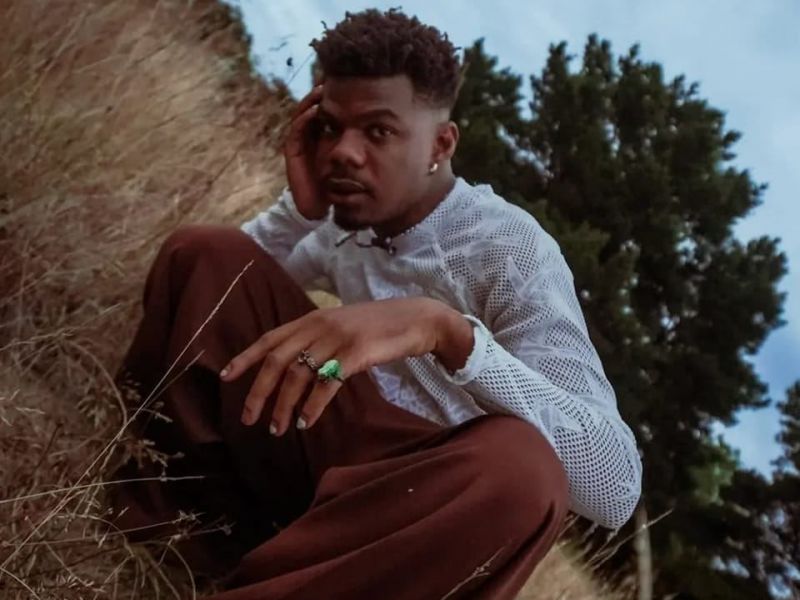Bonobo
Fragments
is the most emotionally intense record that Bonobo – aka Simon Green –
has ever had to make. It’s no surprise that it’s also his masterpiece.
The album features Jamila Woods, Joji, Kadhja Bonet, Jordan Rakei,
O’Flynn and Miguel Atwood-Ferguson. Born first out of fragments of ideas
and experimentation, the album ultimately was fused together in a burst
of creativity fuelled by both collaboration and Green’s escape into the
wild. The artwork for ‘Fragments” is by Neil Krug who returns after
creating the art for 2017’s ‘Migration’. Krug has also made a visualiser
for ’Rosewood”.
One of the biggest names in dance
music, Green’s career includes 3 GRAMMY nominations and playing to over 2
million people for the tour supporting his 2017 album Migration.
Migration was a top ten album in multiple countries, top five at home in
the UK and a Billboard dance album number one in the US. He’s also a
favourite mainstage performer at the world’s greatest music festivals.
Fragments is a series of 12 sonic
affirmations, featuring some of the hardest and most hip-shaking grooves
that Green has ever created. The ballads are perfectly placed
throughout; they capture a world in flux and glow with hope. Coaxing
the ideas out initially took some hard work. The constantly-touring
Green creates best while on the move; the global shutdown forced him to
stand still.
Musical themes began to arise through
Green’s exploration of modular synthesis, recordings he had made of
harpist Lara Somogyi, his work with arranger and string player Miguel
Atwood-Ferguson, his own playing of the Fender Rhodes and more, as the
album was created, recorded and mixed by Green over the past two years.
The album also came into focus as he sought refuge on solo adventures
into nature, away from the shutdowns and wildfires and into the blazing
California desert.
“Tides,” featuring Chicagoan singer
and poet Jamila Woods, acted as a catalyst, and the album began to click
into place around it. “I knew I had a centrepiece, I knew how it was
all going to sound,” he says. Working with Miguel Atwood-Ferguson,
musical themes began to emerge. Recording orchestral musicians in
actual studios helped bring the songs “out of the box” even more.
A rhythmic framework started to come
together too: the structures of UK bass music and rave began to seep
into beats that would become tracks like “Otomo” (eventually co-produced
by O’Flynn and featuring a sample of the Bulgarian choir 100
Kaba-Gaidi), and “Sapien.” The ”old school, Detroity, Moodymann and
Theo Parrish inspired” “Shadows” was recorded with friend Jordan Rakei.
“Rosewood,” “Closer” and “Counterpart” each start with an ecstatic snap
to them, but snake down surprisingly different paths. Somogyi’s harp
and Atwood-Ferguson’s strings mingle together on the beatless
“Elysian.” Two ballads flesh out the second half of the record: “Day by
Day” featuring Kadhja Bonet and “From You” featuring Joji.
It’s about the dancefloor in many
ways, about how “I remembered all over again how much I loved crowds and
movement and people connecting with each other,” Green reflects. But
the positivity isn’t just in the uptempo rhythms: even the most
introspective and melancholic pieces have joy in them.

